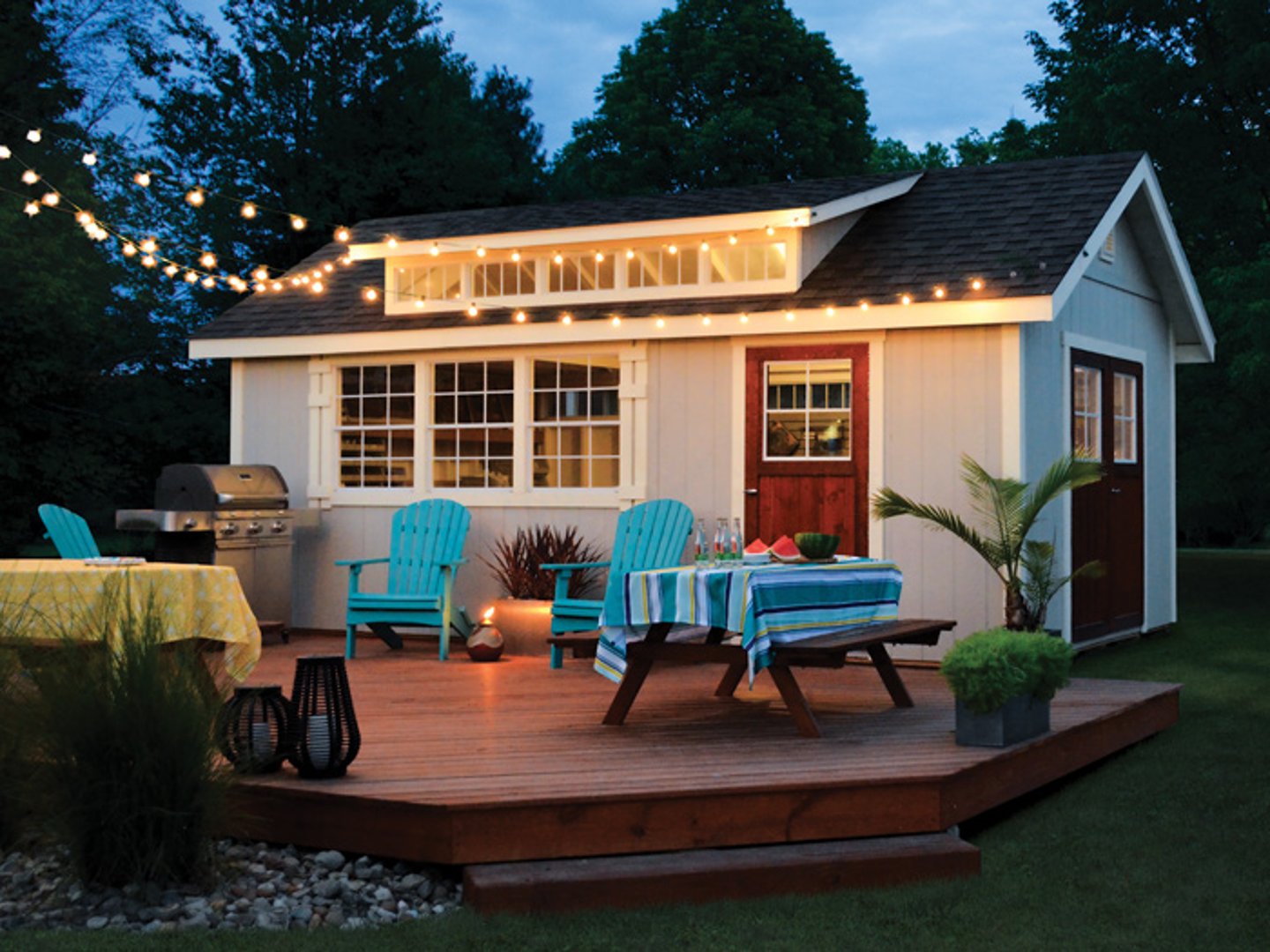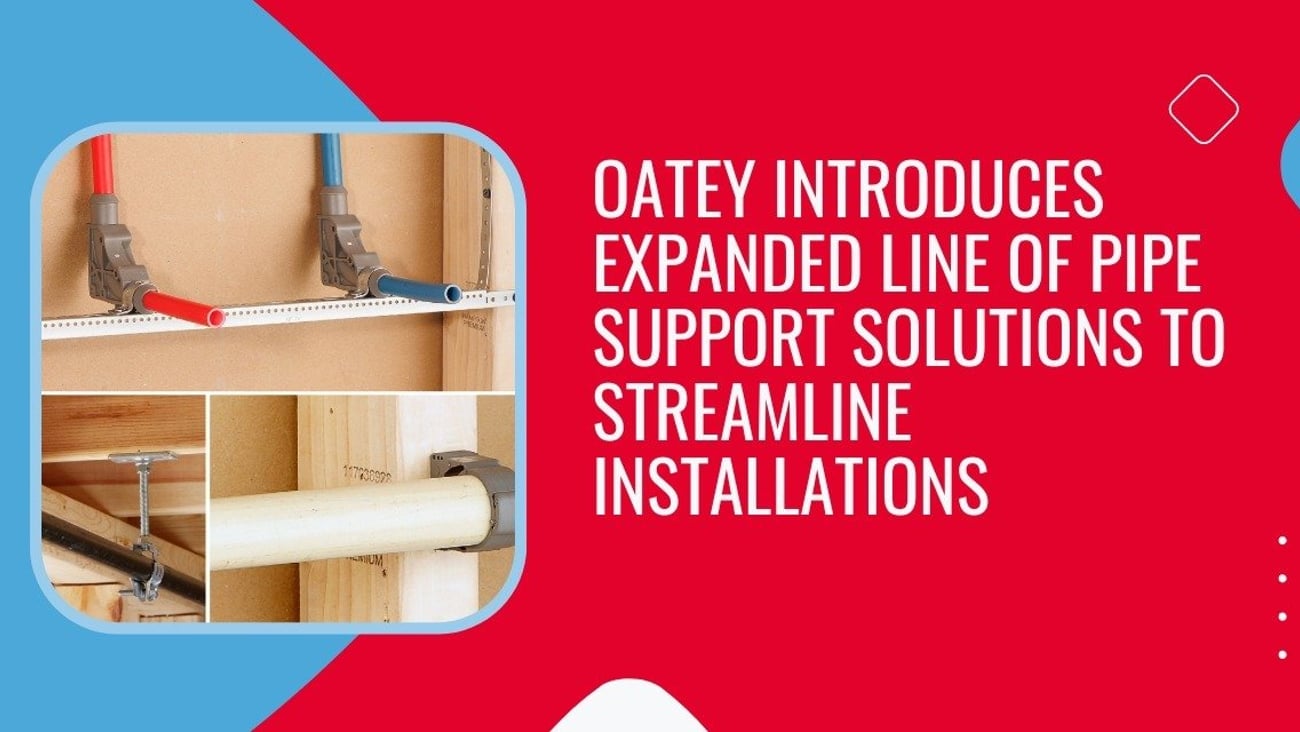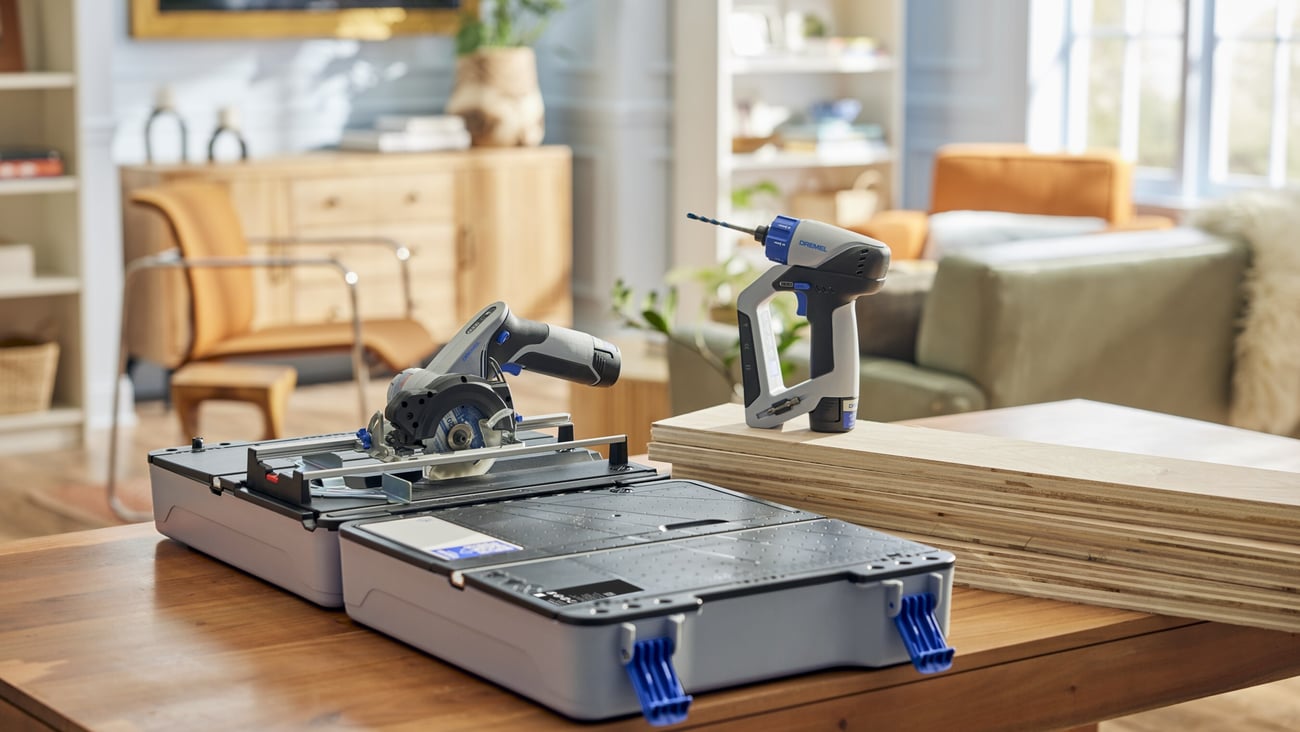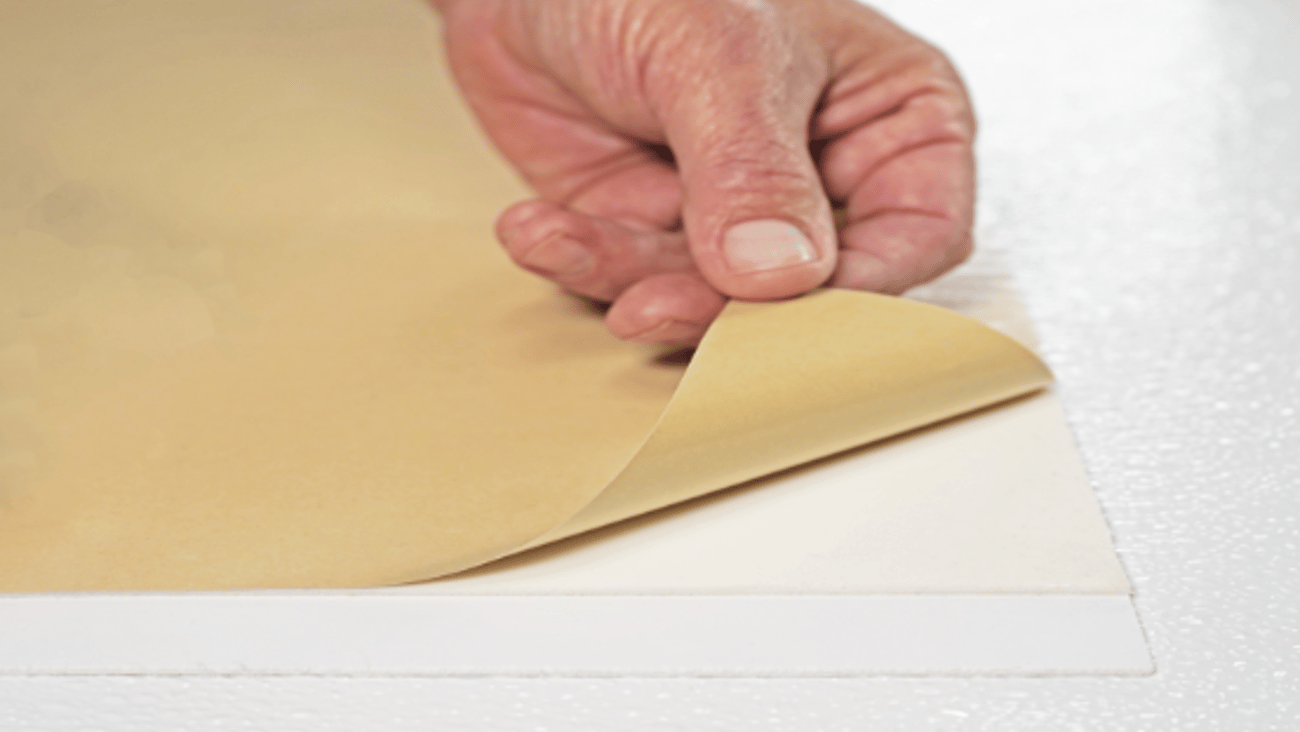Anatomy of an upsell
Quality matters. Here are four keys to selling ‘aspirational’ sheds.
More and more, we are seeing sheds used as alternative spaces to practice a hobby, offer relaxation, spend time with friends and family, work in — the list goes on. While aspirational sheds may serve as an extension of one’s home, shed buyers might not put much thought into the building materials constructing the shed.
However, because sheds are transitioning from traditional storage structures to places where people may spend a significant amount of time, it’s important for dealers to emphasize the importance of strong, long-lasting building materials that encompass an appealing aesthetic to create these contemporary, idealistic spaces.
To learn more about how dealers sell sheds as alternative spaces and emphasize superior building materials, consider these two sales approaches. First, Countryside Barns dealer Phil Braker said he believes that selling quality materials should be the top priority for shed dealers, particularly those selling alternative-use sheds, where buyers may put greater value on easy maintenance materials. In agreement, Woodtex dealer Nathan Ragan added that materials that have versatility to create a unique aesthetic to fit the shed’s use is also a key factor in selling premiere aspirational sheds.
Both dealers focus on key attributes of the building material to close the deal. In particular, they discussed how to effectively educate customers of the benefits of superior materials like engineered wood products. Here are four sales tips Braker and Ragan have provided for selling sheds that will be used as alternative spaces.
1. Start with appearance
While dealers often want to jump in with terms like “durability” and “lasting,” Braker suggested an alternative: “Start with the buyers’ primary concern:
an appealing, authentic appearance. Because appearance is important to a customer, this is a great way to begin the conversation.”
For example, Braker starts off by highlighting the wood grain texture of engineered wood siding and explains how it complements a variety of different homes for a cohesive look.
“This quality in particular makes our aspirational sheds a seamless extension of a person’s home,” he said.
Ragan said he helps the buyer connect aesthetics to versatility.
“Customers are often most interested in vibrant colors, unique textures and different siding and trim options,” he said. “With this, I relate back to how engineered wood products have the versatility to create combinations that add personal touches to a shed, no matter what its use.”
2. Transition into quality
After you have laid a foundation around aesthetic, help the customer understand the importance of high-quality materials.
“Quality matters,” Braker said. “It’s important to highlight how materials can hold up well against weather and decay. With this, it’s easier to sell the shed as the best option for anyone looking for a long-lasting space being used for more than just storage.”
Having experience in selling sheds made with superior materials, Ragan added: “Durability plays well into quality. By highlighting how durable materials affect overall product performance, you can often take a customer from a place of initial interest to a place where they’re close to making a final purchase.”
“In selling alternative-use sheds, it’s all about focusing on the value of the long-term investment,” Ragan said.
3. Dig into the materials
Ragan also said having an in-depth knowledge of the shed materials can make all the difference in taking interested customers to the purchasing finish line.
“Going through what the different building materials are made of can give customers a complete picture of how each element adds up to create a durable, long-lasting structure that can be used for a variety of different things,” Ragan said.
For instance, when selling sheds made of engineered wood, he said he talks to customers about how a radiant barrier roof sheathing can help keep the outdoor structure cooler if homeowners are spending time in the shed. He also highlights how professional-grade flooring enhances the floor’s appearance if it’s being used for entertainment.
4. Close with proof
Both Braker and Ragan said that true customer confidence often stems from them discussing their experience around observing how the building materials stand up over time.
“It’s important for me to have confidence that the products I am selling are built to last and stand up against the elements,” Braker said.
Ragan said he also shares personal examples of how he has seen sheds made with engineered wood stand the test of time; meanwhile, he tells them how he’s had to make multiple maintenance calls for sheds constructed with competitive products.
All in all, dealers should look at the full picture when selling aspirational sheds versus selling traditional-use sheds. While there are some similarities in the building material benefits between the two types, there are sales strategies specific to alternative-use sheds that can truly make the difference to close the sale.
With this shed trend continuing, this four-step process can serve as a tactical foundation to sell the value of superior materials in aspirational sheds to homeowners.
However, because sheds are transitioning from traditional storage structures to places where people may spend a significant amount of time, it’s important for dealers to emphasize the importance of strong, long-lasting building materials that encompass an appealing aesthetic to create these contemporary, idealistic spaces.
To learn more about how dealers sell sheds as alternative spaces and emphasize superior building materials, consider these two sales approaches. First, Countryside Barns dealer Phil Braker said he believes that selling quality materials should be the top priority for shed dealers, particularly those selling alternative-use sheds, where buyers may put greater value on easy maintenance materials. In agreement, Woodtex dealer Nathan Ragan added that materials that have versatility to create a unique aesthetic to fit the shed’s use is also a key factor in selling premiere aspirational sheds.
Both dealers focus on key attributes of the building material to close the deal. In particular, they discussed how to effectively educate customers of the benefits of superior materials like engineered wood products. Here are four sales tips Braker and Ragan have provided for selling sheds that will be used as alternative spaces.
1. Start with appearance
While dealers often want to jump in with terms like “durability” and “lasting,” Braker suggested an alternative: “Start with the buyers’ primary concern:
an appealing, authentic appearance. Because appearance is important to a customer, this is a great way to begin the conversation.”
For example, Braker starts off by highlighting the wood grain texture of engineered wood siding and explains how it complements a variety of different homes for a cohesive look.
“This quality in particular makes our aspirational sheds a seamless extension of a person’s home,” he said.
Ragan said he helps the buyer connect aesthetics to versatility.
“Customers are often most interested in vibrant colors, unique textures and different siding and trim options,” he said. “With this, I relate back to how engineered wood products have the versatility to create combinations that add personal touches to a shed, no matter what its use.”
2. Transition into quality
After you have laid a foundation around aesthetic, help the customer understand the importance of high-quality materials.
“Quality matters,” Braker said. “It’s important to highlight how materials can hold up well against weather and decay. With this, it’s easier to sell the shed as the best option for anyone looking for a long-lasting space being used for more than just storage.”
Having experience in selling sheds made with superior materials, Ragan added: “Durability plays well into quality. By highlighting how durable materials affect overall product performance, you can often take a customer from a place of initial interest to a place where they’re close to making a final purchase.”
“In selling alternative-use sheds, it’s all about focusing on the value of the long-term investment,” Ragan said.
3. Dig into the materials
Ragan also said having an in-depth knowledge of the shed materials can make all the difference in taking interested customers to the purchasing finish line.
“Going through what the different building materials are made of can give customers a complete picture of how each element adds up to create a durable, long-lasting structure that can be used for a variety of different things,” Ragan said.
For instance, when selling sheds made of engineered wood, he said he talks to customers about how a radiant barrier roof sheathing can help keep the outdoor structure cooler if homeowners are spending time in the shed. He also highlights how professional-grade flooring enhances the floor’s appearance if it’s being used for entertainment.
4. Close with proof
Both Braker and Ragan said that true customer confidence often stems from them discussing their experience around observing how the building materials stand up over time.
“It’s important for me to have confidence that the products I am selling are built to last and stand up against the elements,” Braker said.
Ragan said he also shares personal examples of how he has seen sheds made with engineered wood stand the test of time; meanwhile, he tells them how he’s had to make multiple maintenance calls for sheds constructed with competitive products.
All in all, dealers should look at the full picture when selling aspirational sheds versus selling traditional-use sheds. While there are some similarities in the building material benefits between the two types, there are sales strategies specific to alternative-use sheds that can truly make the difference to close the sale.
With this shed trend continuing, this four-step process can serve as a tactical foundation to sell the value of superior materials in aspirational sheds to homeowners.




